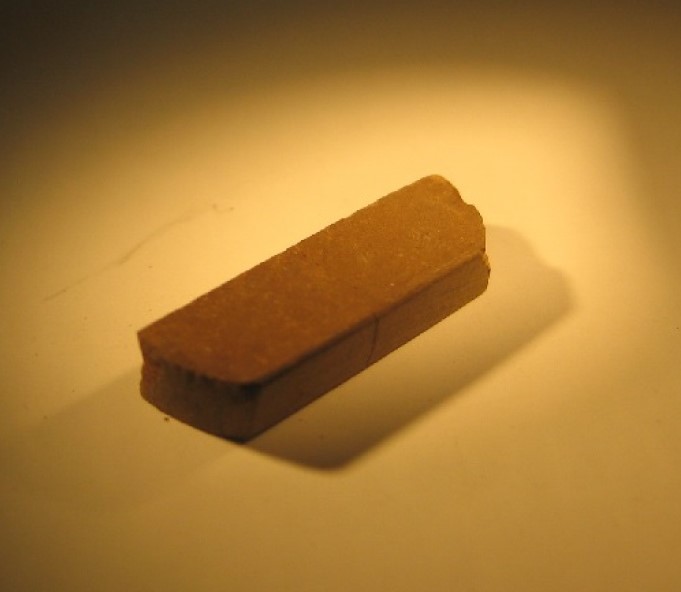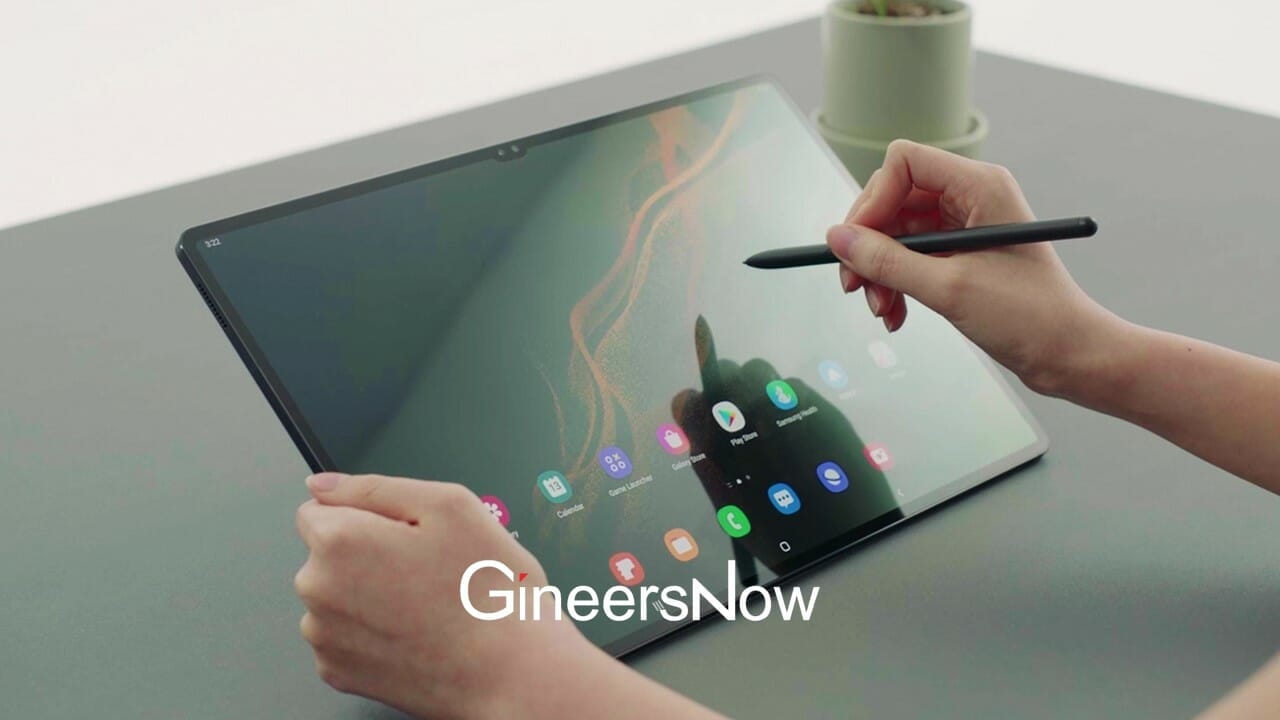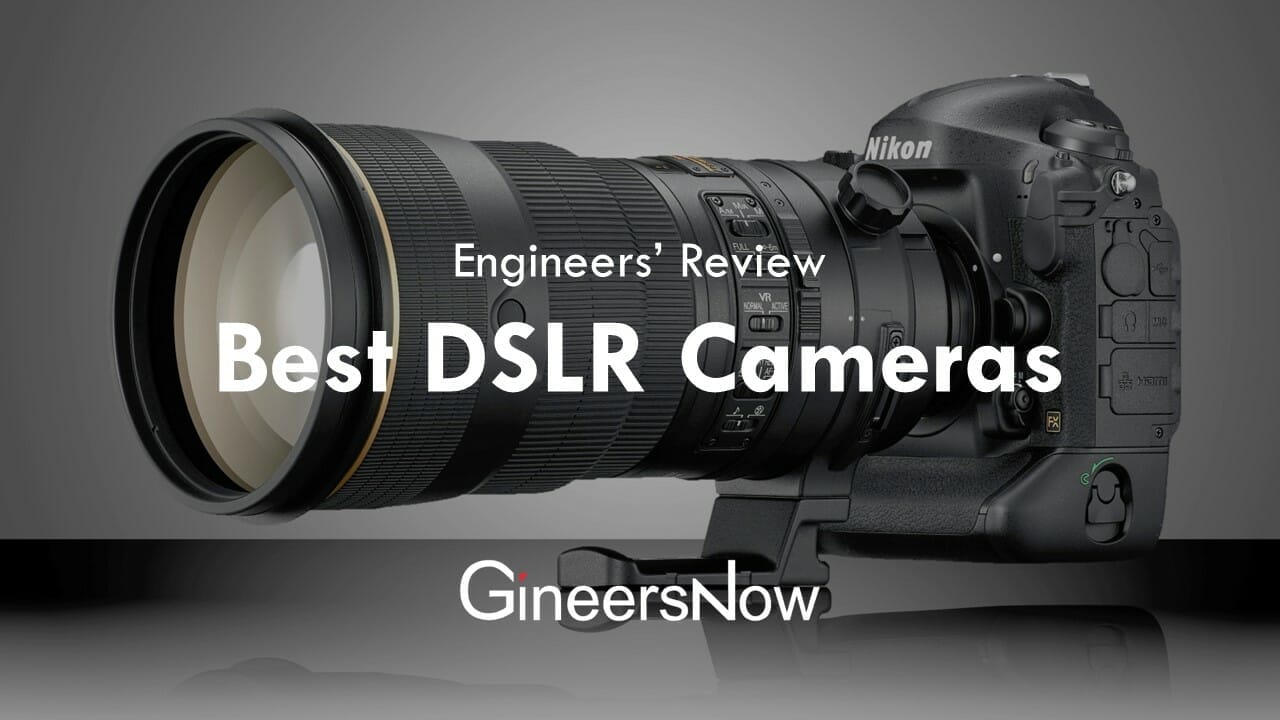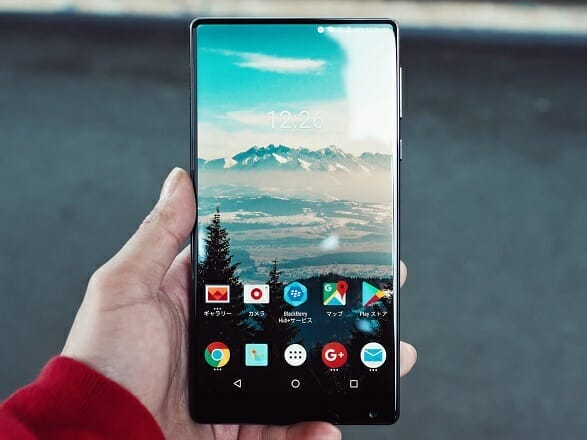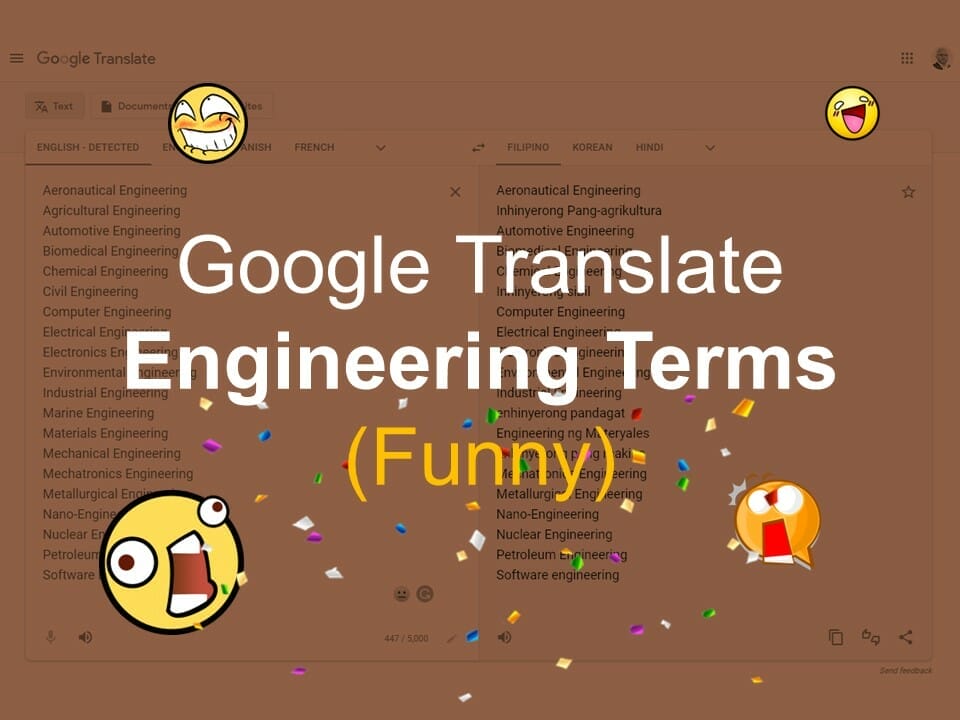
Each one of us with a smartphone knows the struggle of taking quality pictures at night. Because of the low light, it is almost impossible to capture the beauty that hides in the dark. But not for Florian Kainz, a software engineer from Google Daydream.
When he hiked a hilltop in the Marin Headlands just north of San Francisco, Kainz took a picture of the Golden Gate Bridge and the lights of the city behind it using a professional DSLR camera, a heavy lens, and a tripod. Of course, the resulting photo is beyond amazing.

Source: Florian Kainz
But a fellow researcher had challenged him if he could replicate the same quality at low light with a smartphone camera. He accepted the challenge.
In a post in Google Research Blog, Kainz explains how he managed to get the photo. He took to the experimental SeeInTheDark app, written by Marc Levoy and presented at the ICCV 2015 Extreme Imaging Workshop, which can produce pictures with even less light than HDR+.
“It does this by accumulating more exposures, and merging them under the assumption that the scene is static and any differences between successive exposures must be due to camera motion or sensor noise.
“The app reduces noise further by dropping image resolution to about 1 MPixel. With SeeInTheDark it is just possible to take pictures, albeit fairly grainy ones, by the light of the full moon,” he added.
But a person cannot be perfectly still when taking the photo or the scene almost always has moving objects. What SeeInTheDark does is progressively discounting older frames as new ones are captured while the HDR+ merges at most ten frames in a second.
“This limits how much light the camera can gather and thus affects the quality of the final pictures at very low light levels,” Kainz tells.
Knowing the principles behind the app, Kainz developed one on his own and went on to test it using his Nexus 6P phone at the Point Reyes lighthouse on the California coast, and later at the same spot where he took the photo of the Golden Gate.



Source: Florian Kainz
The photos speak for themselves. They do not look like images taken with a smartphone.
Kainz shot a burst of 32 four-second frames at ISO 1600, then an additional 32 black frames after covering the camera lens with opaque adhesive tape. The final photo is not straight from the smartphone though as he had to load the raw files into Photoshop when he got back to the office.
So far, Kainz has not developed a readily available app that produces the same result but our fingers are crossed.
Source: Google Research Blog








